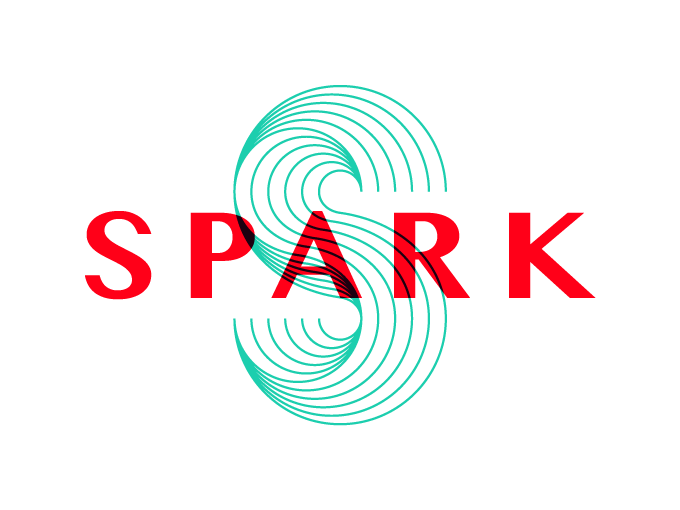Fundamentals for tennis fitness training - warming up
From recreational to pro player, warming up before hitting the tennis court is non negotiable.
When you're pressed for time, or just eager to hit the court, it can be tempting to skip a warm-up. Many people are even embarrassed to warmup in front of their friends.
But warming up before you play tennis should be a high priority. A well planned warm-up helps prepare you physically and mentally but also possess the ability to help reduce the likelihood of injury and improve performance. All players should understand not only the importance but also the potential of a well-designed warm-up.
A proper tennis warmup includes the movement patterns associated with the sport to get your body ready for the dynamic nature of the sport. A 5min jog around an oval is not going to get you ready for a match, it doesn’t cut it. Without warming up your entire body you cannot go on court and be 100% ready from the first point.
Your warm up should also be specific to you as a player taking into account areas of your body that may have been problematic, your injury history. Ultimately you need to address yourself as an individual and also take into account your style of play.
Warm-ups are now often viewed to serve four primary purposes:
Mental readiness
Physical readiness
Injury prevention
Performance enhancement
What happens during warmup?
Muscle temperature increases: Warm muscles both contract more forcefully and relaxes more quickly, reducing the risk of over-stretching a muscle and causing injury. Your overall body temperature also increases, which improves muscle elasticity; this can enhance speed and strength.
Blood temperature rises: The temperature of blood increases as it travels through the muscles. This is a good thing because if makes oxygen more readily available to working muscles, which may improve endurance. Blood vessels also dilate increasing blood flow and putting less stress on the heart.
The range of motion increases: This allows your large joints (such as your shoulders and knees) to reach their maximum movement potential.
You avoid overheating: By activating the “heat-dissipation mechanisms" in the body, your body can cool efficiently and help prevent overheating early on, which is especially important during a demanding aerobic activity, such as a long tennis match.
Hormonal changes occur: Your body increases its production of various hormones, including cortisol and epinephrine, which are responsible for regulating energy production. During a warm-up, this balance of hormones makes more carbohydrates and fatty acids available for energy production and this is a good thing.
You have a chance to mentally prepare: The warm-up is also a good time to mentally prepare by clearing the mind, increasing focus, and reviewing skills and strategy. Positive imagery can also relax you and build concentration for a competition.
Tips for warming up
Allow time: Five to 10 minutes of low to moderately strenuous activity before you hit the court is all you need
Remember to tailor your warm up taking into account your injury history and your style of play. Be creative but intelligent in your approach. Always ask yourself the question of “why am I doing this?”
Focus. Plenty of sport psychology research indicates that mental imagery—essentially visualizing how you'll succeed on the court —can dramatically improve performance. Even if you're not a competitive person, it can help to take a moment or two to get in "the zone," by closing your eyes and taking a deep breath before you start your warm-up and then proceed to your workout and cool-down.
Keep in mind that finding the perfect warm-up is a very individual process that can only come with practice, experimentation, and experience. Try warming up in various ways, at various intensities, until you find what works best for you.
The following videos are just examples of tennis specific warmups. Some of the exercises included may or may not be suitable to you. Think about your warm up and try to develop a routine that works for you as a player.
No static stretching?
Notice how I haven’t mentioned static stretching. This has perhaps been the largest debate with regards to warming up over the past several decades. Although it has always been a cornerstone component of warming-up as a method to decrease injury risk and improve performance, there is little evidence, if any, to indicate that pre- or post-exercise static stretching reduces injury.
Additionally, there is growing research to suggest that pre-exercise static stretching also compromises subsequent performance by reducing force production, power output, running speed, reaction time, and strength endurance.
Dynamic stretching, however, has been consistently shown to improve subsequent performance. Additionally, because dynamic stretching requires the muscle to activate through a range of movement, it is believed that this contributes to the neural activation requirements of warm-ups. As a result, dynamic stretching may be the most appropriate form of mobilisation during warm-ups for most activities and sports which are dynamic in nature. An example of a dynamic stretch is the Spiderman Walk.
